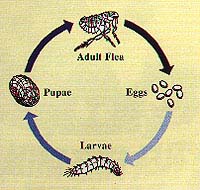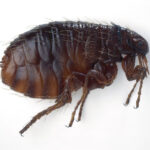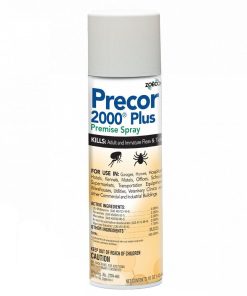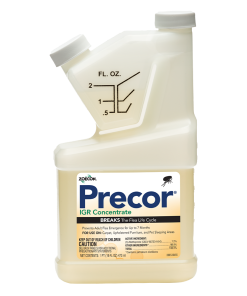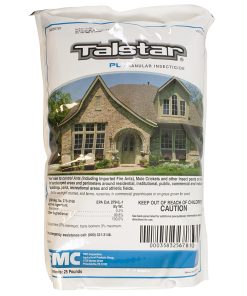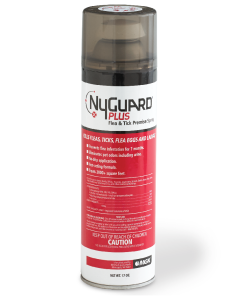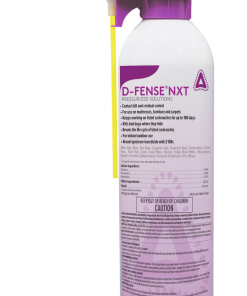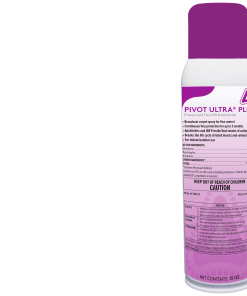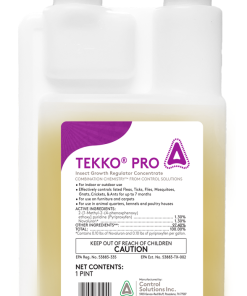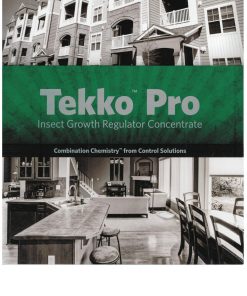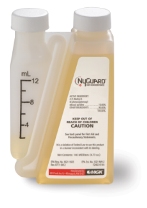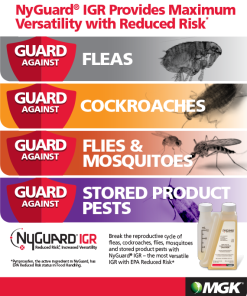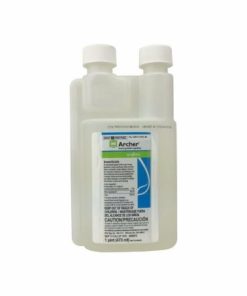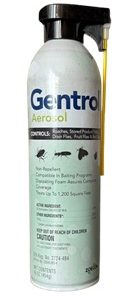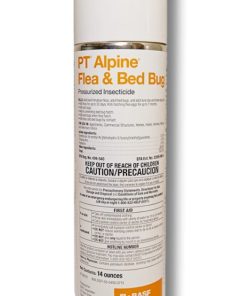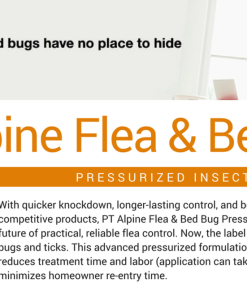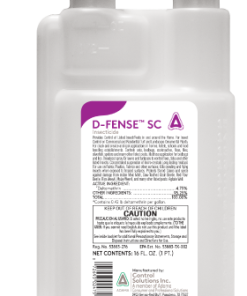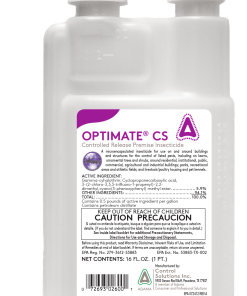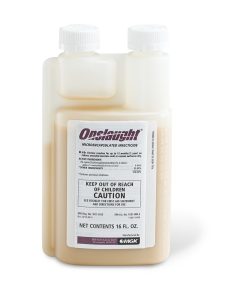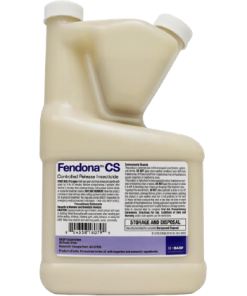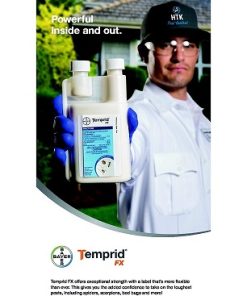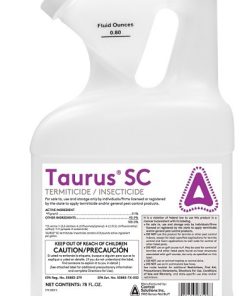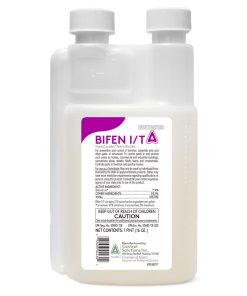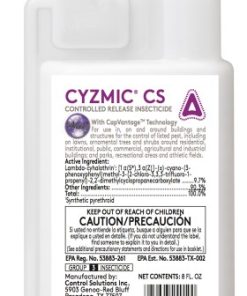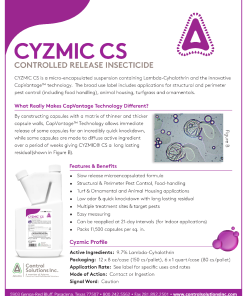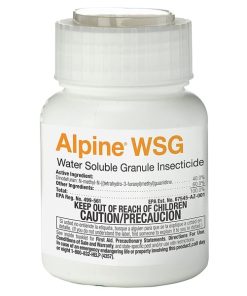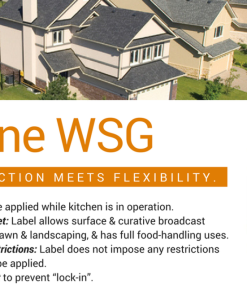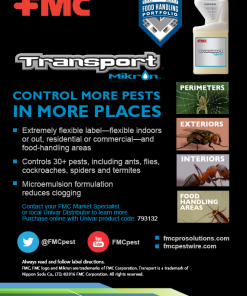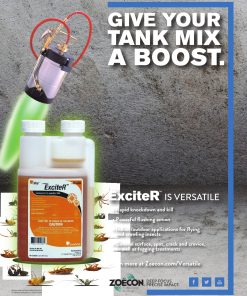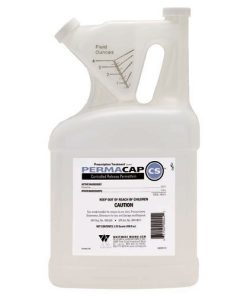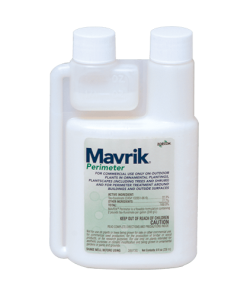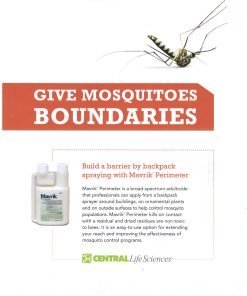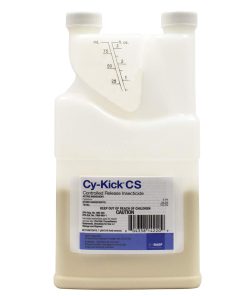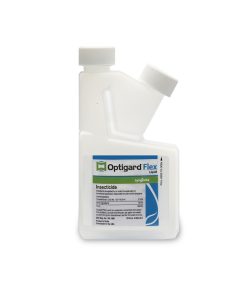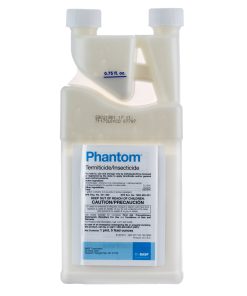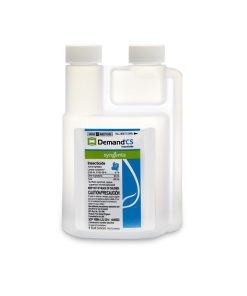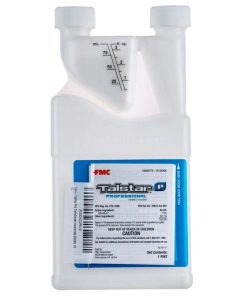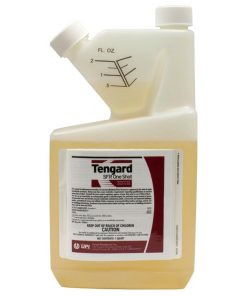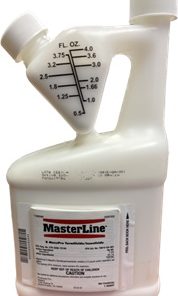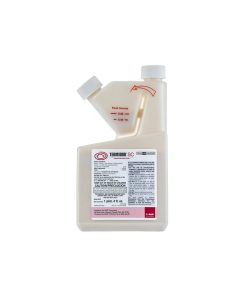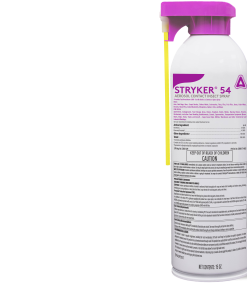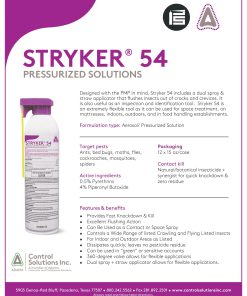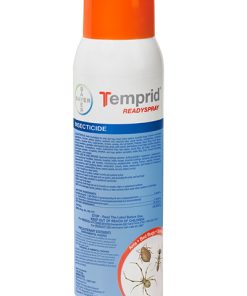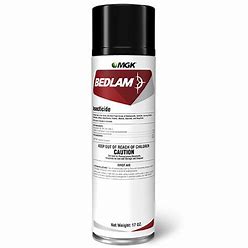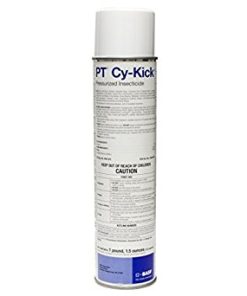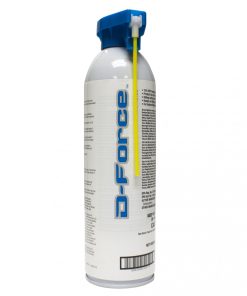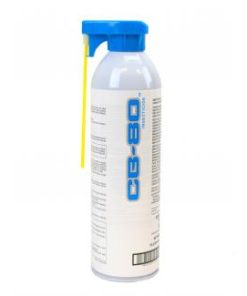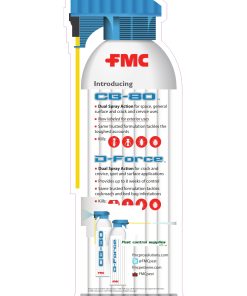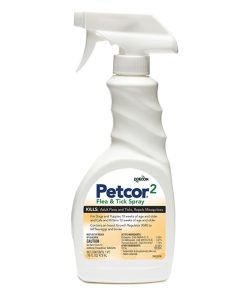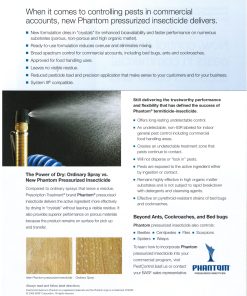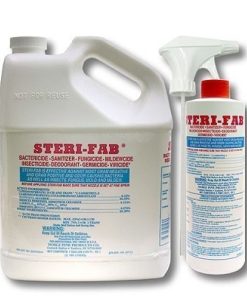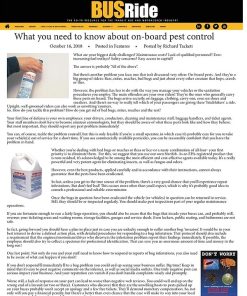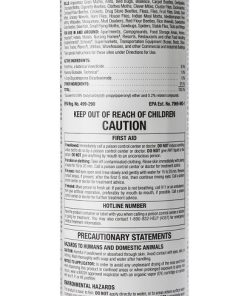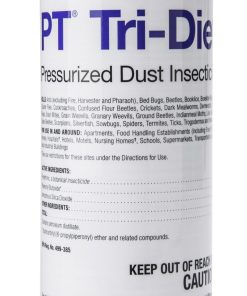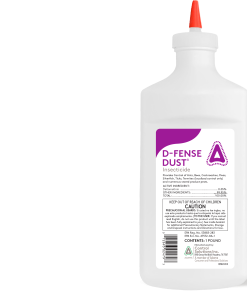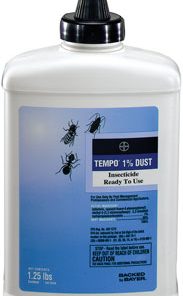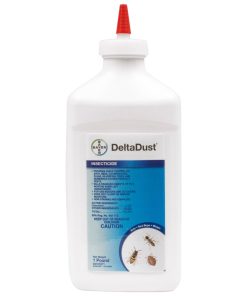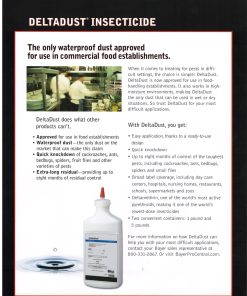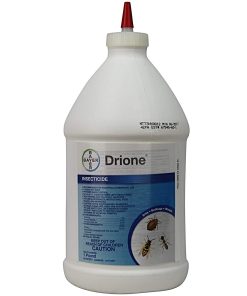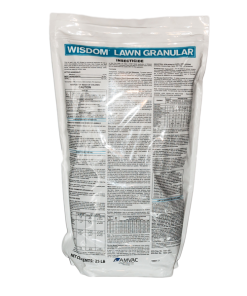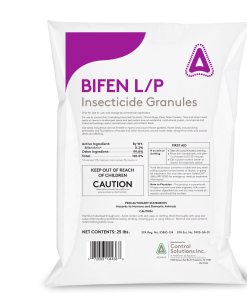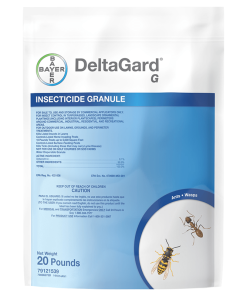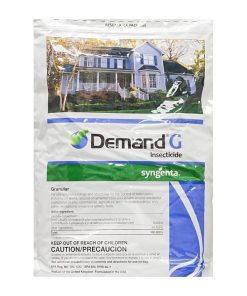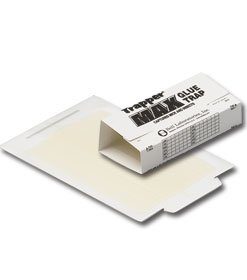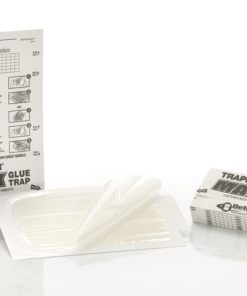flea control
SmartSolutions Guide for Fleas from BASF
Size: Tiny insects measuring about 1/6-inch in length and are laterally flattened. Color: Reddish brown.The flat shape of the flea is what allows it to easily pass between the hairs of animals. The cat flea is the species involved in most home infestations and will attack both cats and dogs. It is usually carried into the home by a pet Once inside, large populations can build up quickly.One female flea can lay about 18 eggs a day and just 20 fleas on a dog can produce 360 eggs per day and over 2000 eggs in a week. After the home is treated, it may take up to two weeks or more before fleas are no longer seen.
The reason for this is that flea pupae are unaffected by the treatment until the adult fleas emerge from their pupal cocoon. In any flea population, all stages of the flea will be present including numerous pupae. It will take several weeks for all adult fleas to emerge from these pupae and contact the treatment. Vacuuming as often as possible after the treatment can speed up this process because it stimulates adult fleas to emerge from their cocoons.Fleas are ectoparasites of animals, meaning they live on the outside of the body and need to feed on the blood of these animals in order to produce eggs. Because fleas usually feed and lay their eggs while the pet is sleeping, the pet’s resting areas are where the most fleas will be found. Many pets acquire fleas outside in the yard. Research has demonstrated that urban wildlife, such as raccoons and squirrels, are commonly responsible for introducing these insect pests onto residential properties where the pets can encounter them.Controlling a flea infestation successfully requires one or all of the following four steps:
- Preparation for treatment
- Treatment of pets
- Treating the interior
- Treating the exterior
Obviously, the pet is critical to minimizing flea infestations and regular grooming helps to limit fleas on the pet. Any flea treatment will be less effective if the home is not prepared properly by completing the following steps:
Step One-
The house should be thoroughly vacuumed to remove larvae, pupae, and food materials (larvae feed on adult flea feces).
- Remove all items, such as toys, clothes, and pet food from all floors.
- Remove all items from under beds and in the bottom of closets.
- Wash or replace pet bedding.
- Vacuum all carpets and rugs thoroughly, including beneath beds and upholstered furniture.
- Clean all wood, tile, and linoleum floors by sweeping and mopping.
- Clean concrete floors with soap and water in the garage, basement or enclosed patio where pets rest or stay.
- Remove all pets including birds and reptiles. Cover fish tanks with a damp towel and turn off the air pump.
- Replace any pet bedding outdoors and make all shaded areas, crawl spaces, etc. available for treatment.
Step Two.
The homeowner needs to arrange for treating the pet. A number of products are available, and should be used under the direction of a veterinarian. We also carry Petcor which is labeled for dogs and cats.
Step Three.
In homes that have an active flea infestation, a residual insecticide or an insect growth regulator could be applied.
There are many choices and formulations available for flea control. There are Aerosols & Ready To Use Products, Spray Concentrates, Dust Insecticides, , Insecticide Granules, Insect Growth Regulators, or Insect Traps.
Best Selling For Flea Control
Aerosols & Ready To Use Products
Insect Growth Regulators
Spray Concentrates
Insecticide Granules
Insect Growth Regulators
IGR’s – IGR’s (Insect Growth Regulators) disrupt the normal development of insects. Insects exposed to an IGR will become adults incapable of reproducing, thus ending the cycle of an infestation. Use IGR’s in areas such as, but not limited to: apartment buildings, hospitals, residential homes, hotels/motels, nursing homes, and marine vessels. Do not treat linens and mattresses.
Aerosols & Ready To Use Products
Aerosols & Ready To Use Products
Aerosols & Ready To Use Products
Insect Growth Regulators
Insect Growth Regulators
Insect Growth Regulators
Aerosols & Ready To Use Products
Aerosols & Ready To Use Products
Insect Growth Regulators
Aerosols & Ready To Use Products
Insecticide Concentrates
– These concentrates are mixed with water and used in a compressed hand held sprayer to make your application.
Spray Concentrates
Spray Concentrates
Spray Concentrates
Spray Concentrates
Spray Concentrates
Spray Concentrates
Spray Concentrates
Spray Concentrates
Cyzmic CS Micro encapsulated insecticide 8 oz. (Same as Demand CS)
Spray Concentrates
Spray Concentrates
Spray Concentrates
Spray Concentrates
Spray Concentrates
Spray Concentrates
Spray Concentrates
Spray Concentrates
Spray Concentrates
Spray Concentrates
Spray Concentrates
Spray Concentrates
Spray Concentrates
Spray Concentrates
Spray Concentrates
Spray Concentrates
Spray Concentrates
Aerosols & Ready to Use Products
These “ready to use” products are convenient and great for a contact kill and great for flushing out insects. Most offer great residual properties as well.
Aerosols & Ready To Use Products
Aerosols & Ready To Use Products
Aerosols & Ready To Use Products
Aerosols & Ready To Use Products
Aerosols & Ready To Use Products
Aerosols & Ready To Use Products
Aerosols & Ready To Use Products
Aerosols & Ready To Use Products
Aerosols & Ready To Use Products
Aerosols & Ready To Use Products
Aerosols & Ready To Use Products
Aerosols & Ready To Use Products
Aerosols & Ready To Use Products
Aerosols & Ready To Use Products
Aerosols & Ready To Use Products
Aerosols & Ready To Use Products
Aerosols & Ready To Use Products
Aerosols & Ready To Use Products
Aerosols & Ready To Use Products
Dusts
Dusts are usually used to treat into cracks and crevices (such as in the crack between the wall baseboard and floor), in wall voids, cavities, attics or crawl spaces. Be sure that there is proper ventilation in the room and that you don’t over dust or dust in areas accessible by people.
Dust Insecticides
Dust Insecticides
Dust Insecticides
Dust Insecticides
Insecticide Granules
These “ready to use” granular crystals are convenient and great for a contact kill and have a great residual properties for the exterior. They fall down into and under landscape material such as turf, rock or mulch to target problem pests.
Insecticide Granules
Insecticide Granules
Insecticide Granules
Insecticide Granules
Insecticide Granules
Insect Traps
Glueboard Traps can be useful to catch and monitor your populations
Adhesive Traps - Insect
more on treating for fleas
Controlling a flea infestation successfully requires one or all of the following four steps:
- Preparation for treatment
- Treatment of pets
- Treating the interior
- Treating the exterior
Obviously, the pet is critical to minimizing flea infestations and regular grooming helps to limit fleas on the pet. Any flea treatment will be less effective if the home is not prepared properly by completing the following steps:
Step One- The house should be thoroughly vacuumed to remove larvae, pupae, and food materials (larvae feed on adult flea feces).
Remove all items, such as toys, clothes, and pet food from all floors. Remove all items from under beds and in the bottom of closets. Wash or replace pet bedding. Vacuum all carpets and rugs thoroughly, including beneath beds and upholstered furniture. Clean all wood, tile, and linoleum floors by sweeping and mopping. Clean concrete floors with soap and water in the garage, basement or enclosed patio where pets rest or stay. Remove all pets including birds and reptiles. Cover fish tanks with a damp towel and turn off the air pump. Replace any pet bedding outdoors and make all shaded areas, crawl spaces, etc. available for treatment.
Step Two. The homeowner needs to arrange for treating the pet. A number of products are available, and should be used under the direction of a veterinarian. We also carry Petcor which is labeled for dogs and cats.
Step Three. In homes that have an active flea infestation, a residual insecticide or an insect growth regulator could be applied.
An IGR (insect growth regulator) such as Precor 2000 or Alpine Flea Insecticide with IGR can be applied to upholstered items, carpets, rugs, or furniture. Be sure to move furniture to allow easy and thorough treatment behind and below each piece. Remove cushions from upholstered chairs and sofas, and treat the undersides of the cushions and the areas below or behind them. Do not treat surfaces of cushions that will later be exposed to people or pets.
A residual insecticide such as Tempo or Suspend can be applied to a variety of surfaces such as floors, cracks and crevices, under baseboards, etc.
Step Four. Outside, treatment with Tempo or Suspend should be applied to shaded areas and beneath shrubs and decks where pets rest or sleep. Pay attention to outdoor areas that provide flea harborage such as doghouses or kennels; sidewalks, or paths and patios.
Talstar granules can also be used as a supplemental product for your exterior treatment.
After a flea treatment, expect the following…
1. Most adult fleas will die from the first treatment, but the problem is far from being over.
2. Within a few days, new fleas will appear. This is due to hatching pupae. Since NO spray can kill pupae, you must wait until all the pupae hatch out. Expect to see fleas between 2 & 4 weeks after the initial treatment. This is normal and depends strictly on how many pupae you have in your home.
What can you do to speed up the process?
Vacuum daily. This causes the pupae to hatch out faster.
Do not intentionally leave rooms vacant or undisturbed for any unusual length of time. Flea pupae will hatch ONLY when there is a warm blooded animal around. They can stay in the pupal stage for up to one full year.
Follow up treatment. A follow up treatment may be necessary 1 to 2 weeks after the initial treatment.
More Info On Supplemental Control Products
Precor 2000 is a ready to use aerosol that contains permethrin for quick knockdown of adult fleas, plus Precor® IGR for seven-month protection against a re-infestation.
Its fine mist dries in minutes, with no visible residue. Won’t damage hardwood floors or upholstery. Water-based, low-odor formulation covers 2000 sq. feet. Low toxicity and flammability. Ideal for dense surfaces such as tile and wood flooring.
Just one application of Precor 2000 helps you immediately kill existing fleas, plus prevent pre-adult fleas from growing into new infestations of breeding, biting adults. Precor IGR penetrates deep into the base of carpet and upholstery fibers, where pre-adult fleas live. Precor IGR targets fleas in the egg and larval stages of development, preventing them from producing new infestations of breeding, biting adults.
The mobility of dogs and cats makes it difficult to treat all potential areas of flea infestation. So it’s important to consider a flea control formulation that goes where they do – especially one that targets pre-adult fleas, the source of re-infestations.
Petcor Flea Spray contains Precor IGR, an insect growth regulator that targets fleas in the egg and larval stages of development. As a result, pre-adult fleas cannot produce new infestations of breeding, biting adults.

